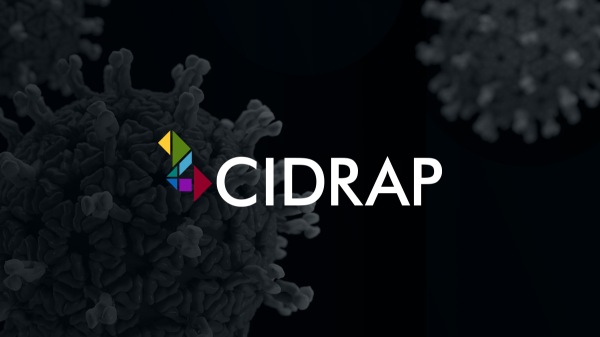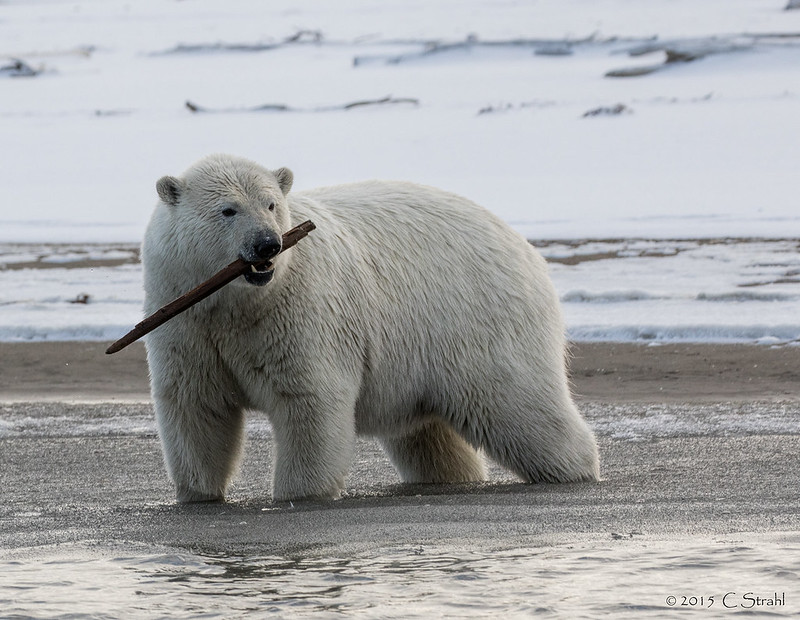
Highly pathogenic avian flu outbreaks hit more poultry farms in the United States and abroad, putting pressure on the industry as H5N1 and related virus continue an unprecedented spread across multiple world regions.
As more countries consider poultry vaccination to blunt the impact on the poultry sector, the World Organization for Animal Health (WOAH) in a new policy brief said vaccination — when properly conducted and based in science — shouldn’t be a barrier to trade.
More outbreaks in 6 states
Over the past few weeks, the US Department of Agriculture (USDA) Animal and Plant Health Inspection Service (APHIS) reported more outbreaks in poultry in six states, including a commercial farm in Ohio’s Hardin County that has 1.3 million layer pullets.
Also, the virus turned up at more turkey farms in Minnesota and Michigan, and at a layer farm in California housing 709,000 birds.
Elsewhere, South Dakota reported an outbreak at another gamebird producer, and Nebraska detected the virus in a backyard flock.
Over the last 30 days, outbreaks have led to a loss of 13.2 million birds. Since February 2022, the H5N1 outbreaks and related culling operations have wiped out a record 79.3 million poultry across 47 states, according to APHIS.
H5N1 detected in polar bear and squirrel
In related developments, APHIS reported two more detections in mammals. These are the first detections since September, when H5N1 was reported in seals from Washington.
One involves the first known detection in a polar bear, which is from North Slope Borough, the northernmost county in the United States. The sample was collected on October 1, and H5N1 was confirmed on December 6.

The other is an Abert’s squirrel from Arizona’s Navajo County. A sample collected on August 26 was confirmed as positive for H5N1 on December 13. The detection marks the nation’s first known detection in squirrels, which as known to be omnivores.
More H5N1 events overseas, Japan detects H5N6 in wild bird
Over the last few days, four European countries reported more H5 and H5N1 detections in wild birds or poultry, according to notifications from the World Organization for Animal Health (WOAH) Moldova reported five H5N1 detections in wild birds and an outbreak in poultry. Poland and Romania reported H5N1 outbreaks in poultry, and Ukraine reported H5 in a sample from a wild bird.
In Asia, Taiwan reported H5N1 in a wild bird, and Japan reported highly pathogenic H5N6 in a wild bird, its first detection involving the strain since 2018. H5N6 is known to circulate in poultry in some Asian countries and has been sporadically linked to infections in humans, mostly from China, which are known to be severe or fatal.
Current control tools might not be enough
In its policy brief on poultry vaccination, WOAH said avian flu outbreaks are having a devastating impact on poultry and wild birds and also threaten livelihoods, the food supply, and public health. The group added that the rapidly evolving virus and spread to new geographic regions—most recently Antarctica—require a review of existing prevention and control strategies. “Stricter biosecurity measures and mass culling of poultry may no longer be sufficient to control the disease,” it said.
Some countries, such as China, routinely vaccinate poultry against highly pathogenic avian flu, but other countries have been hesitant, given use of the vaccine could mask ongoing circulation and add to the cost of production.
In Europe, France recently became the first country to introduce poultry vaccination, which is being used in meat ducks. In response, US agriculture officials in October barred the import of poultry from France and its trading partners.
So far, the United States has limited use of the vaccine to endangered condors in the Southwest.
Though concerns linger about the use of avian flu vaccines in poultry, WOAH had already endorsed their use based on international standards. It said countries that vaccinate can maintain international trade while ensuring safety by providing trading partners with certification that the measures comply with WHOA’s science-based international standards and prove that they can maintain virus surveillance once vaccination is in place.
The group also urged importing countries to make risk-based decisions and implement science-based measures that balance safe trade while preventing the spread of avian influenza.
Source: CIDRAP







